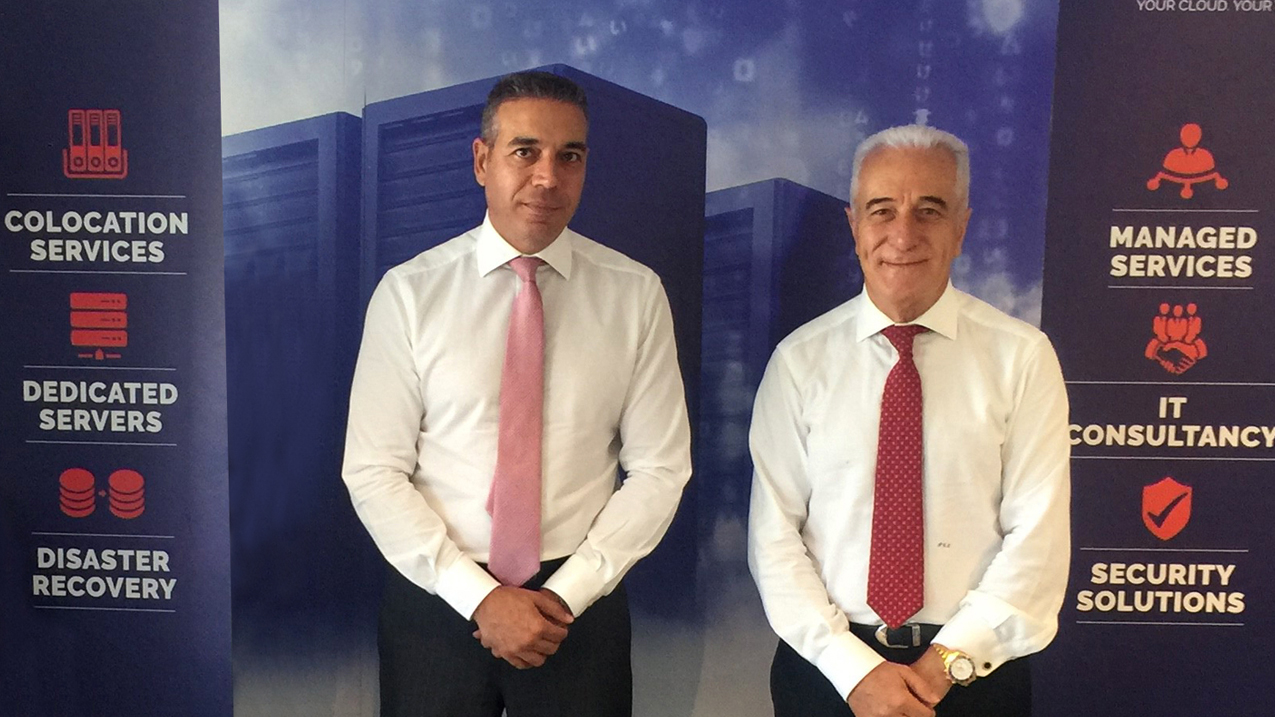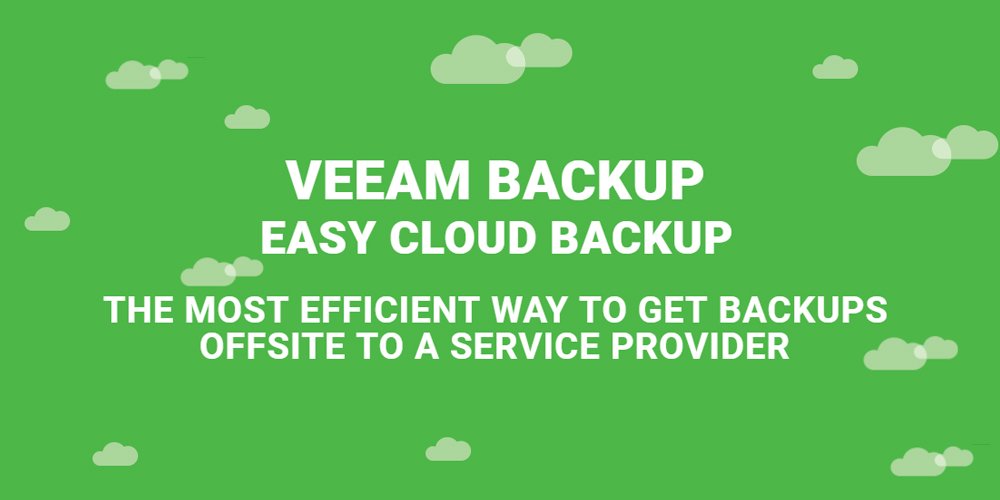A large number of companies nowadays waste money and valuable resources in keeping up with day-to-day business demands despite escalating operating costs, recurring capital expenditure and increasing energy prices. What is often ignored is that minimal investments in information technology can immensely help a business to make vast cost savings in both the short and medium to long term, as well as giving a business the flexibility, competitive advantage and leverage to transform leads into actual sales, and in turn, increase revenue and profits.
The below dialogue is an example of a typical Data Center scenario and highlights, in particular, the cost of ongoing wasteful expenditure which could otherwise be easily avoided by implementing of a few basic efficiency measures and minimal system investments.
Bob: “Hey Jack, how are you? Just calling to check that you’re coming tonight.”
Jack: “I wish I could Bob…I just wish I could.”
Bob: “Why? What happened?”
Jack: “I have to stay in because yesterday the Data Center we collocate our company servers at, had a downtime due to an electricity failure. I have to restore everything and check for any hardware failures. It’s going to be a long night for me I am afraid.”
Bob: “That sounds like a lot of money that’s been lost. You should have opted for a Data Center that offers guaranteed infrastructure availability, my friend, and not just one that has your servers hosted in random places and warehouses.”
Jack: “Trust me…That’s the first thing I’ll do once everything is up and running again. I’ve learnt my lesson the hard way.”
What the above dialog is trying to tell us is that if Jack had acted more wisely, he too could have been out enjoying himself with his friend Bob.
Based on the above example, when a company decides to collocate its infrastructure at a Data Center in order to reduce its OPEX, it needs to act cautiously and perform its due diligence in order to be able to answer the following question: “Why is IT infrastructure availability so important?” Some would say: “Well, to be able to join Bob of course!” and they would be absolutely right! Infrastructure availability provided by a Data Center means that a company can minimize the downtime of its infrastructure.
As a global independent and impartial certifying Institute, Uptime Institute has created the Data Center Industry Standard Tier Classification System as a yardstick by which Data Center infrastructure can be effectively assessed insofar as a business’ requirements for IT infrastructure availability. The Tier Classification System provides the Data Center industry with a benchmark by which potential infrastructure performance and availability, or simply put, uptime, is measured. Furthermore, the Tier Classification System allows a business to position its Data Center infrastructure investment in line with its commercial objectives for growth and technology with the overall aim of optimizing the performance, efficiency, and reliability of the business.
Based on the Uptime Institute’s scheme, there are 4 different tiers that a Data Center can be certified against, as described in Figure 1 below:

Figure 1: Uptime Institure Tier Classifications
What the above tringle translates to is the following:
- Tier I sites require 2 planned total shut downs per year for maintenance or repair work
- Tier II sites require 3 planned total shut downs per 2 years for maintenance or repair work
- Tier III and Tier IV sites do not require planned shut downs for maintenance or repair work
In order to obtain a Tier certification, Data Center owners need to follow a specific process akin to a waterfall effect, i.e. the previous step is a prerequisite and input for the following step in the process with each subsequent Tier in the process incorporating the requirements of all the lower Tiers in the chain.
Worth noting is that Data Center infrastructure costs and operational complications increase with each Tier Level. On that basis, Data Center owners will have to carefully decide which of the four Tier levels best accommodate their business’s unique requirements. Deciding on the Tier level is a subjective test for each business so, for example, a start-up business may decide on a Tier II as opposed to a Tier IV solution, given that the infrastructure requirements will invariably have to match the business application, thus minimising the danger of overinvesting or overexposure.
The Tier Certification process is a three-stage process with three different certifications as follows:

Figure 2: Tier Certification Process
Step 1 is the Tier Certification of Design Documents (TCDD). The Data Center owner before moving to actual implementation and construction, needs to submit all the design documents to the Uptime Institute Consultants who in turn make a thorough inspection of the documents for each ecosystem such as electrical, mechanical, monitoring and automation to confirm that they meet their requirements and there are no flaws. Uptime Institute then provides a report to the owner with the Tier shortcomings. Uptime Institute conducts a compliance review of the revised drawings, and then awards a TCDD letter and foil if the design meets the criteria.
Step 2 in the process is the Tier Certification of Constructed Facility (TCCF). During this phase, a team of Uptime consultants make an onsite visit to the Data Center, which is built according to the revised designs (see Step 1 above). Exhaustive tests are run on the infrastructure in order to identify any inconsistencies between the design drawings and the installed equipment. The Uptime consultants carry out tests to ensure Tier compliance. If any deficiencies are found and the owner addresses these, Uptime Institute will award the TCCF letter, foil and plaque.
Step 3 is the Tier Certification of Operational Sustainability (TCOS), which examines the impact of the long-term Data Center availability in 3 key categories, namely Management and Operations, Building Characteristics and Site Location.
TCOS is issued in three levels: Gold, Silver and Bronze.
 +357 25 022900
+357 25 022900
 Email Us
Email Us











